Connecting disciplines with digitally end-to-end models
Increasingly complex products with simultaneous high pressure for rapid market launches present many companies with the challenge of improving coordination between the development disciplines. This applies in particular to projects with a high software content. CONTACT's Model Based Systems Engineering (MBSE) offers a remedy: The model-based approach and the universal availability of digital models seamlessly links mechanics, electrics/electronics and software, creates transparency and thus accelerates the development process.
Benefits
- Connection of disciplines along the system lifecycle thanks to model-based methodology
- Using requirements as the basis for interdisciplinary system development
- Efficiently manage large projects by integrating PLM and MBSE
- Fewer and smoother technical changes thanks to early validation of requirements
- Develop even complex products economically and efficiently
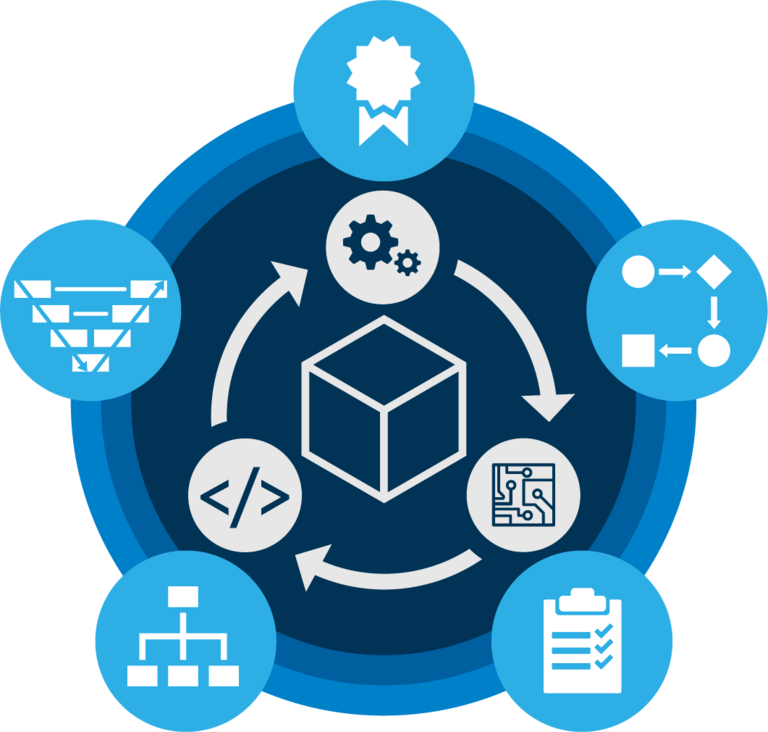
Holistic system understanding and transparency thanks to MBSE methodology
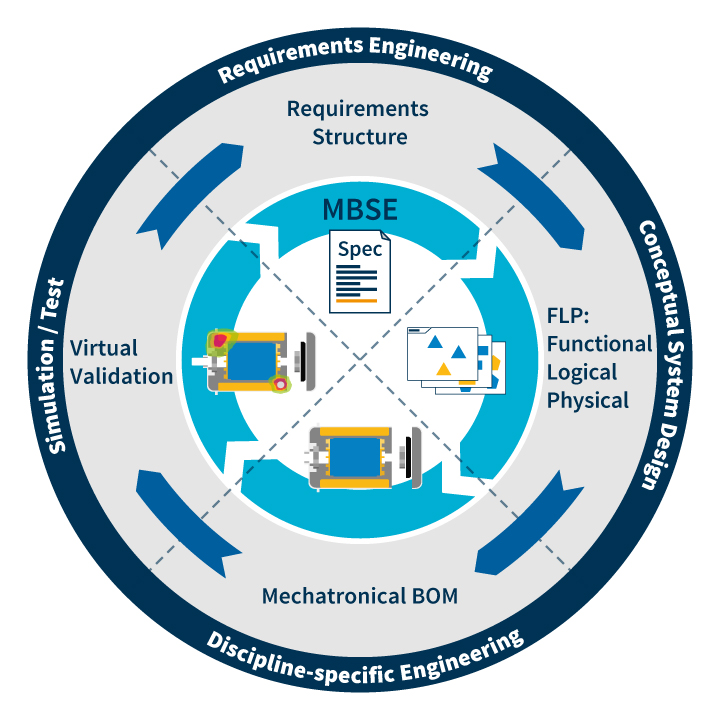
Despite all their differences, the disciplines of mechanics, electrics/electronics and software also have things in common: First, almost all development methods are requirements-based. Secondly, the technologies are characterized by the solution-neutral consideration of functions as well as logical procedures.
CONTACT's MBSE solution is based on these commonalities: The relationships between the requirements structure on the one hand and the functional, logical and physical structure on the other form the backbone of model-driven product development. A transparent overall system understanding is the result. Your employees thus retain an overview of complex systems. They can not only comprehend interrelationships beyond their respective discipline, but also recognize possible consequences of their decisions and changes on the basis of models.
Holistic system understanding and transparency thanks to MBSE methodology
Despite all their differences, the disciplines of mechanics, electrics/electronics and software also have things in common: First, almost all development methods are requirements-based. Secondly, the technologies are characterized by the solution-neutral consideration of functions as well as logical procedures.
CONTACT's MBSE solution is based on these commonalities: The relationships between the requirements structure on the one hand and the functional, logical and physical structure on the other form the backbone of model-driven product development. A transparent overall system understanding is the result. Your employees thus retain an overview of complex systems. They can not only comprehend interrelationships beyond their respective discipline, but also recognize possible consequences of their decisions and changes on the basis of models.
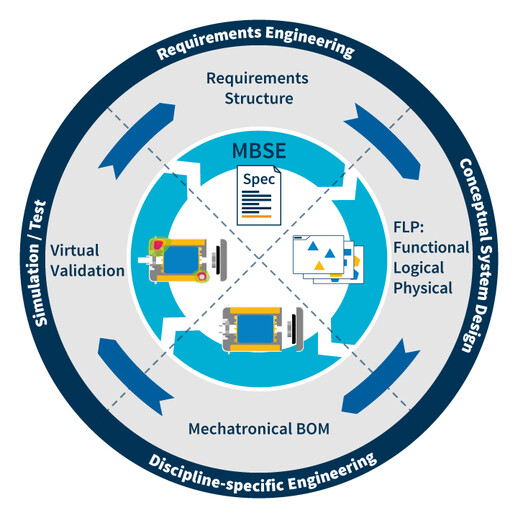
Despite all their differences, the disciplines of mechanics, electrics/electronics and software also have things in common: First, almost all development methods are requirements-based. Secondly, the technologies are characterized by the solution-neutral consideration of functions as well as logical procedures.
CONTACT's MBSE solution is based on these commonalities: The relationships between the requirements structure on the one hand and the functional, logical and physical structure on the other form the backbone of model-driven product development. A transparent overall system understanding is the result. Your employees thus retain an overview of complex systems. They can not only comprehend interrelationships beyond their respective discipline, but also recognize possible consequences of their decisions and changes on the basis of models.
Integration of PLM and MBSE: Efficiently Managing large projects

Model-based development methods in combination with PLM are particularly suitable for large and complex projects with many stakeholders. CONTACT's MBSE solution uses common SysML-based modeling methods to provide the basis for linking the work products of the various disciplines.
The connection with CIM Database as PLM platform for integration and collaboration as well as data and process management enable a secure and efficient control of your large projects. The combination of the PLM and MBSE worlds creates the ideal collaboration environment for your model-based development with a comprehensive set of methods and tools.
Integration of PLM and MBSE: Efficiently Managing large projects
Model-based development methods in combination with PLM are particularly suitable for large and complex projects with many stakeholders. CONTACT's MBSE solution uses common SysML-based modeling methods to provide the basis for linking the work products of the various disciplines.
The connection with CIM Database as PLM platform for integration and collaboration as well as data and process management enable a secure and efficient control of your large projects. The combination of the PLM and MBSE worlds creates the ideal collaboration environment for your model-based development with a comprehensive set of methods and tools.

Model-based development methods in combination with PLM are particularly suitable for large and complex projects with many stakeholders. CONTACT's MBSE solution uses common SysML-based modeling methods to provide the basis for linking the work products of the various disciplines.
The connection with CIM Database as PLM platform for integration and collaboration as well as data and process management enable a secure and efficient control of your large projects. The combination of the PLM and MBSE worlds creates the ideal collaboration environment for your model-based development with a comprehensive set of methods and tools.
Early validation for fewer and smoother technical changes
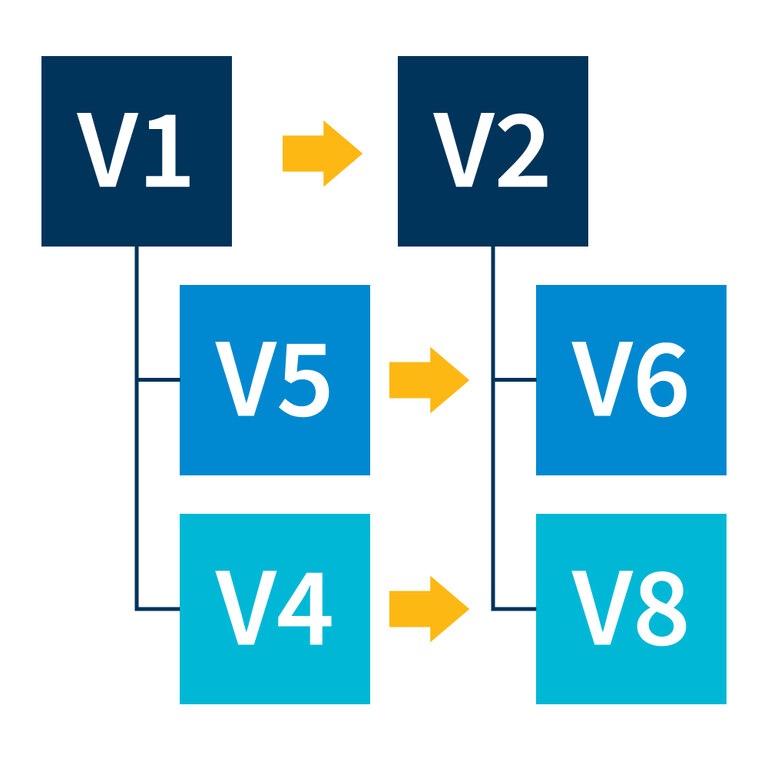
Changes due to functional problems or new requirements often arise late in the product development process and are then often costly to implement due to their existing dependencies. With CONTACT's MBSE solution, you can reduce technical changes to the bare minimum and implement them more easily.
In combination with CONTACT Elements Simulation Management, employees from all disciplines can validate requirements at an early stage using simulation models and trace them through to the finished product. To do this, our MBSE solution uses system models and links requirements, behavior models, geometry, code, and simulation results.
Early validation for fewer and smoother technical changes
Changes due to functional problems or new requirements often arise late in the product development process and are then often costly to implement due to their existing dependencies. With CONTACT's MBSE solution, you can reduce technical changes to the bare minimum and implement them more easily.
In combination with CONTACT Elements Simulation Management, employees from all disciplines can validate requirements at an early stage using simulation models and trace them through to the finished product. To do this, our MBSE solution uses system models and links requirements, behavior models, geometry, code, and simulation results.
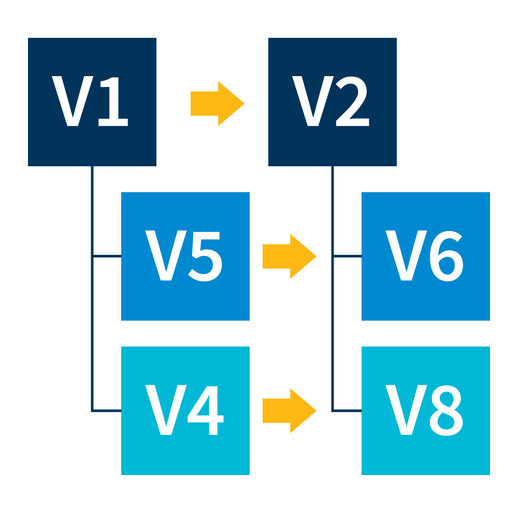
Changes due to functional problems or new requirements often arise late in the product development process and are then often costly to implement due to their existing dependencies. With CONTACT's MBSE solution, you can reduce technical changes to the bare minimum and implement them more easily.
In combination with CONTACT Elements Simulation Management, employees from all disciplines can validate requirements at an early stage using simulation models and trace them through to the finished product. To do this, our MBSE solution uses system models and links requirements, behavior models, geometry, code, and simulation results.
Developing even complex products economically with digitally consistent models
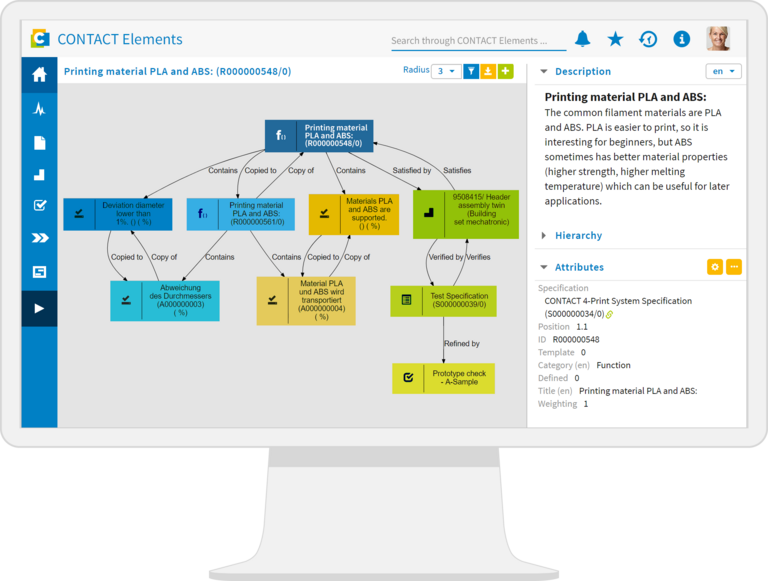
Unlike traditional, document-based systems engineering methods, MBSE is based on digital system models. The linking of these models along the system lifecycle is the "digital thread" that connects everything, making it comprehensible and reusable. In this way, discipline- and role-specific views of a system can be generated from existing models.
Using the link graph, your employees can document the functional development of the solution architecture, for example. Evidence of design decisions required by customers or regulators becomes available with little effort. When developing variants, you can reuse requirements, architectures, and test cases and make specific adjustments. This enables you to develop even complex products economically and efficiently.
Developing even complex products economically with digitally consistent models
Unlike traditional, document-based systems engineering methods, MBSE is based on digital system models. The linking of these models along the system lifecycle is the "digital thread" that connects everything, making it comprehensible and reusable. In this way, discipline- and role-specific views of a system can be generated from existing models.
Using the link graph, your employees can document the functional development of the solution architecture, for example. Evidence of design decisions required by customers or regulators becomes available with little effort. When developing variants, you can reuse requirements, architectures, and test cases and make specific adjustments. This enables you to develop even complex products economically and efficiently.
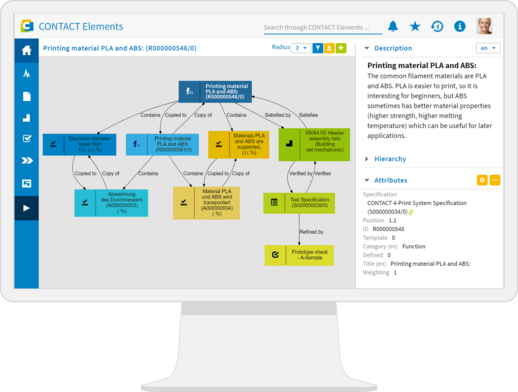
Unlike traditional, document-based systems engineering methods, MBSE is based on digital system models. The linking of these models along the system lifecycle is the "digital thread" that connects everything, making it comprehensible and reusable. In this way, discipline- and role-specific views of a system can be generated from existing models.
Using the link graph, your employees can document the functional development of the solution architecture, for example. Evidence of design decisions required by customers or regulators becomes available with little effort. When developing variants, you can reuse requirements, architectures, and test cases and make specific adjustments. This enables you to develop even complex products economically and efficiently.
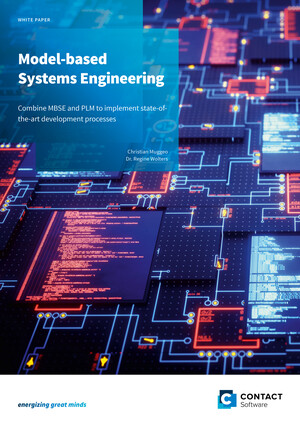
WHITE PAPER
Combine MBSE and PLM to implement state-of-the-art development processes
This white paper shows how MBSE can simplify and accelerate the development process. Also learn why it pays off to integrate MBSE and PLM.
Further information
Would you like to know more about this topic? Choose one of the following information offers.

